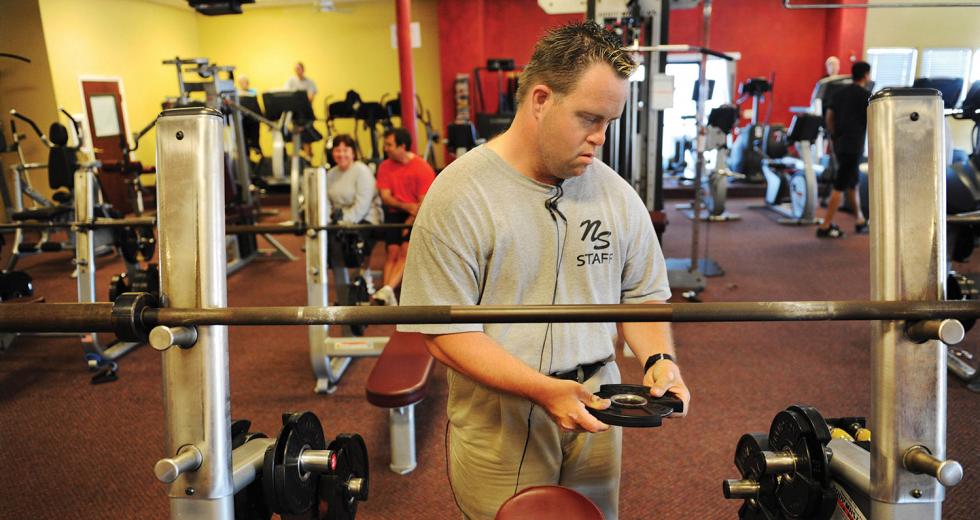For the past two years, Finstad has been involved with an independent-living program that helps him manage his money, improve personal habits and develop his social skills.
The training program is one of many programs offered by InAlliance, a regional nonprofit that supports about 400 adults per year with developmental disabilities and acquired brain injury, such as cerebral palsy and autism.
Finstad has Down syndrome. After living with his parents for so long, he decided he wanted to live on his own. Through InAlliance, Finstad linked up with Mark Segee, a participant in Yuba City, who wanted to help.
Segee traces his ambitions to help adults with developmental disabilities back to a Christmas party years ago hosted by a social services company. As he watched the adults with disabilities celebrate good times, he had an epiphany.
“They have just as much fun as we do,” he says. “They have just as much pain; they can feel suffering; they can feel happiness. But many times, they’re cast out and not paid attention to.”
Segee and Finstad meet four times a week when Finstad’s not at the gym handling customer service. Segee helps plan menus for meals: Finstad’s specialty is spaghetti with meatballs and Parmesan cheese and garlic. Finstad has also learned how to comparison shop by checking labels and reading cost-per-ounce and serving figures.
Money management, Segee says, is probably his biggest improvement. Finstad has learned how to stay within his budget, which means he sometimes has to skip buying a new CD at his favorite entertainment store, f.y.e. He writes checks for bills and balances his books twice a week against his online statements.
“He’s making progress in all areas,” Segee says. “The biggest one is personal finance. He still makes mistakes every once in a while, but he’s being a little more conscious of how much he can spend.”
He has to consider his budget when he buys groceries, movies and iTunes gift cards. But he manages. Sometimes, he says, he just likes to stay home and watch old episodes of “Friends” or “Touched by an Angel.”
At work he likes talking to customers. That’s why the backpack theft caught him off guard. “He came to me, and he was very upset,” Segee says.
They went to the gym together to speak with the manager. But the manager hadn’t seen the backpack. Finstad thought it was lost forever. He and Segee talked about what steps to take to replace his keys and checkbook.
But then, people started telling him they saw someone with his backpack. One day, Finstad saw him too and approached the man.
“I want my bag back,” Finstad remembers telling him. “He said, ‘Take it, it’s not mine.’”
It was a small victory for Finstad but also a reminder that he already has everything he needs and the help to find what he wants.



